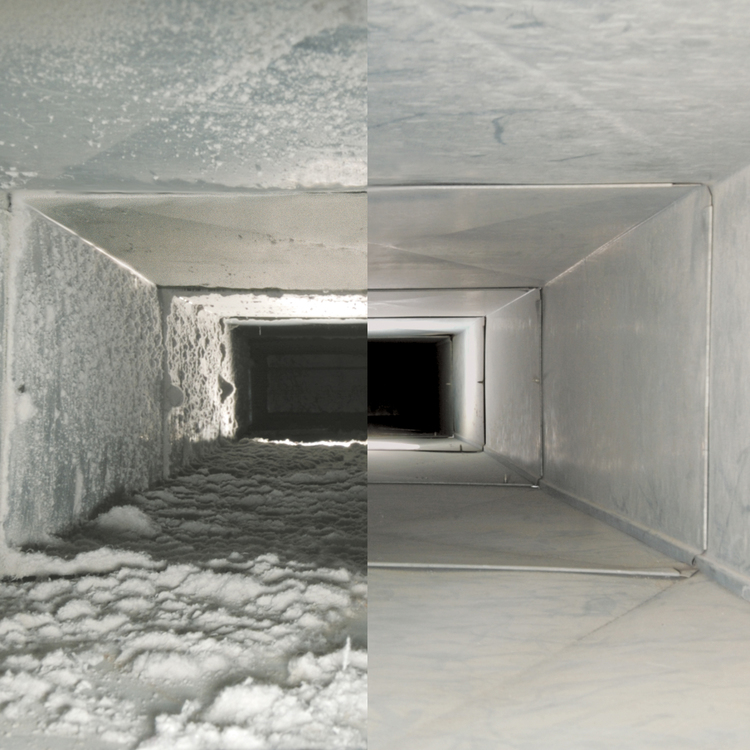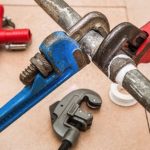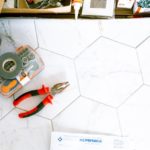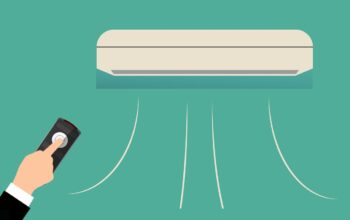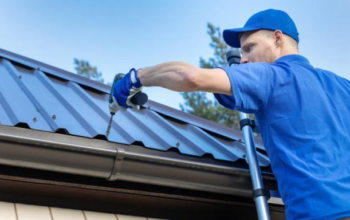There are a lot of benefits to having your home inspected by a professional mold inspector especially during the winter and the damp months. You will come to know about the molds that cause health issues and the ways to deal with these silent killers effectively.
When you do most activities indoors during these times, it increases humidity and moisture in the indoor air and this lead to molds. It can grow on books, toys, CDs, and walls.
Know about the molds
These insidious creatures are a form of a fungus that grows both indoors as well as outdoors.
- These grow and reproduce through spores and therefore can spread at a rapid pace to cover a large space in a very short time.
- These have the special ability to survive in harsh conditions needing damp and moist conditions.
- Some common indoor molds Alternaria found in leaking showers and sinks, Aspergillus found food and building materials, Cladosporium found in fabric and wood, and Penicillium found on water damaged goods.
- Molds are invisible to naked eyes but exist in different textures, forms, and color. It can be black, yellow, white, blue and green.
- It has a rough, fuzzy, or velvety appearance and generally enters your home through air, pets and even through your wet shoes.
Mold and health
When a proper mold inspection is conducted, you will see mold in the air ducts as well. These molds circulate in the air and cause potential respiratory problems. It is the organic compounds emitted by the spores as well as the biological degradation of materials that nests these that produce harmful chemicals in the air. Polluting the air inside it will cause problems in breathing.
Apart from different chemicals, these produce different allergens, mycotoxins, and irritants. All of these can affect your eyes, nose, lungs, throat, and skin. These may cause asthma and pollinosis resulting in running nose, itchy and watery eyes and blocked throat.
Apart from that, you can have respiratory infections, blood disorders, dyspnea, and wheezing.
Prevent mold growth
The only way you can prevent the growth of mold is by cutting its source of sustenance. Therefore, you must control moisture formation in your home indoors. Prevent any leakage and spillage and dry areas that are usually wet such as kitchen and bathrooms. EPA suggests that increased ventilation, use of extractor fan, opening doors and windows regularly, drying clothes outside can prevent mold formation.
Make sure that you use only commercial products such as a bleach solution to clean molds when you notice them growing. You can also use common household products such as soap and water, baking soda and vinegar to clean the surface affected by mold. Baking soda is ideally preferred as not only kills the molds but also absorbs the moisture from the space to prevent any further buildup of molds in that area. Make sure that you wipe it with a clean and dry towel.
You should always call a professional for cleaning large patches of mold in your home effectively and completely.
Related Posts

Loves home. I am here to provide how to make your home a much better place. 🙂 Blogging about HomeDecor, Home Improvements and more.
